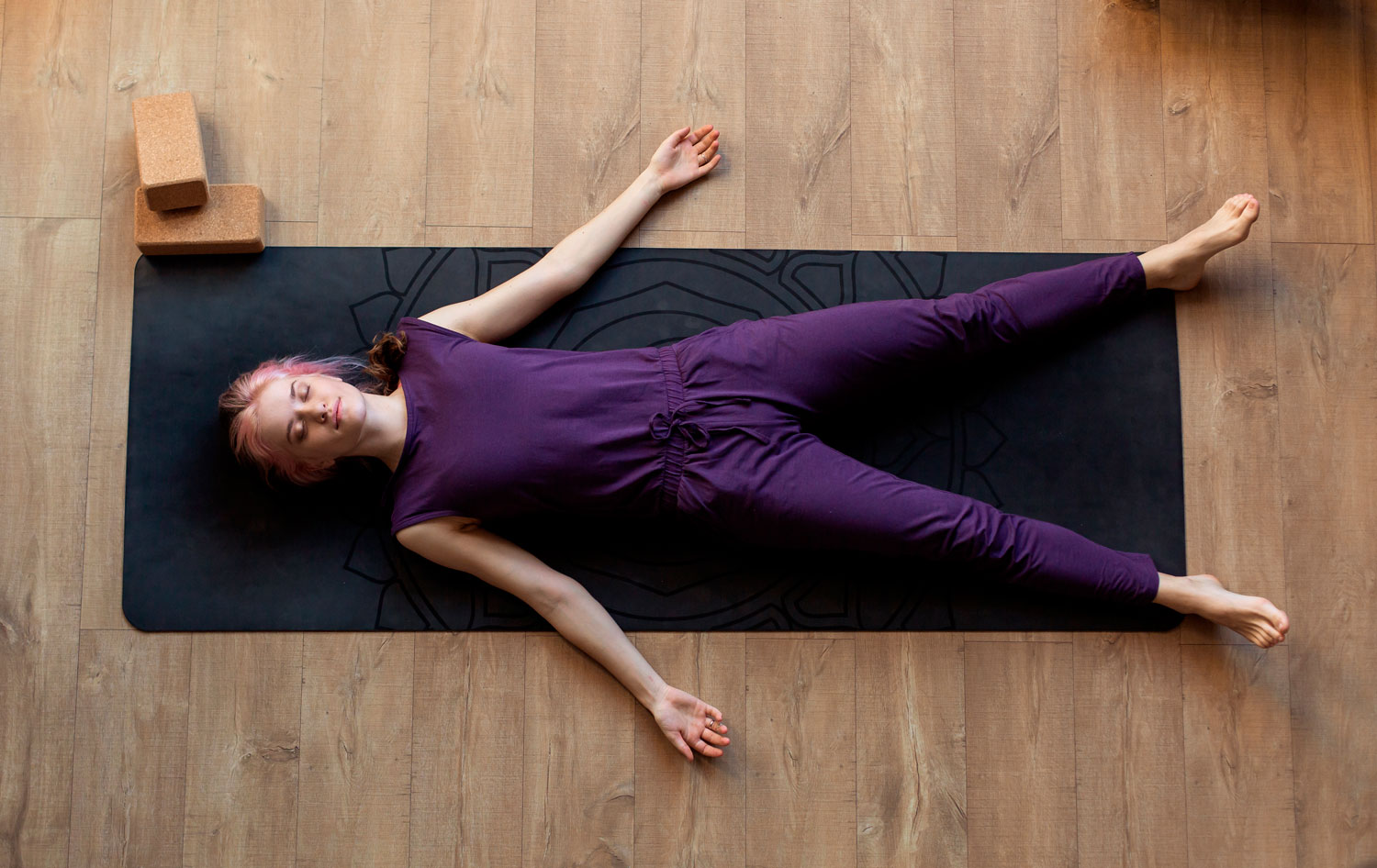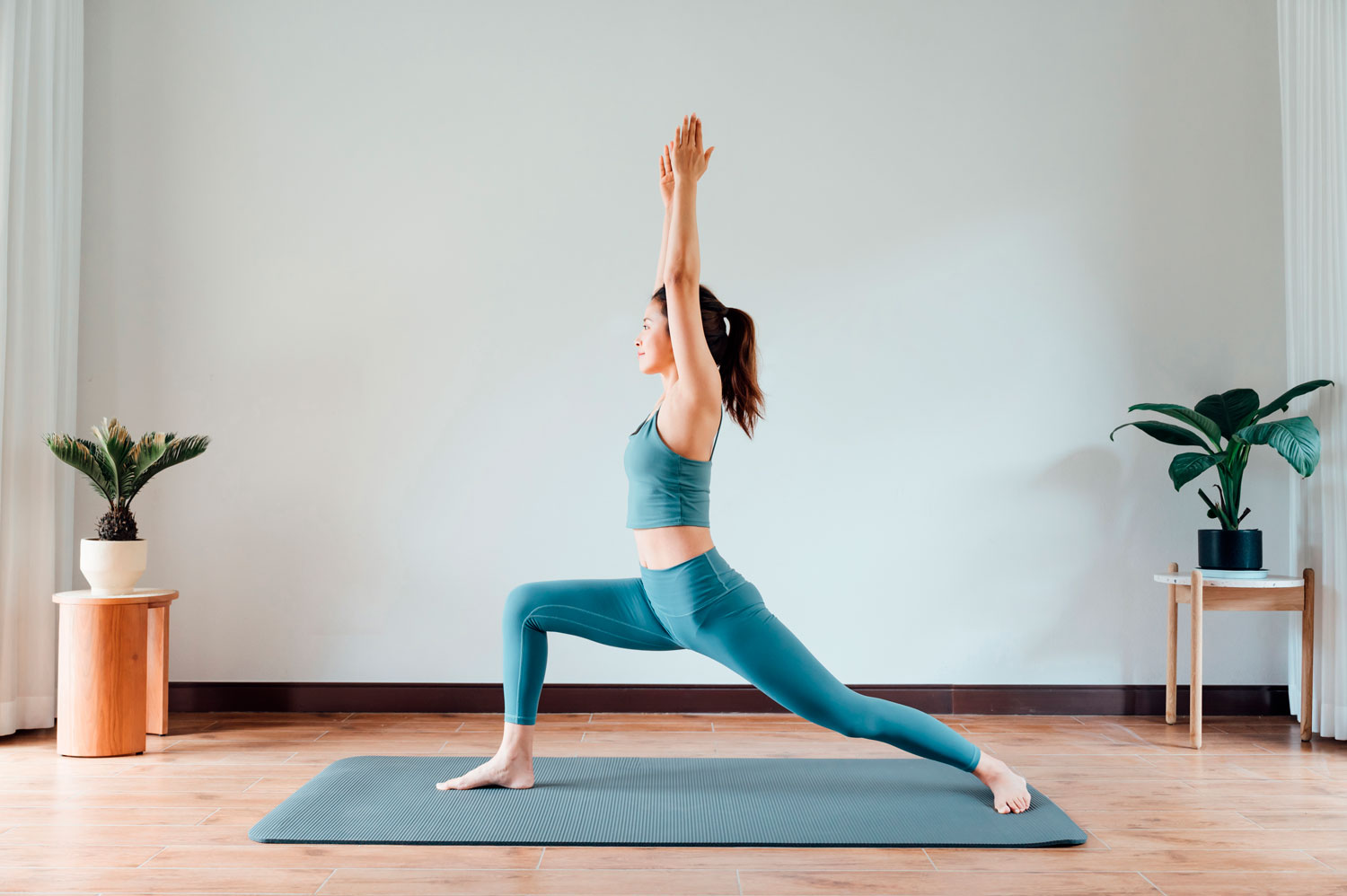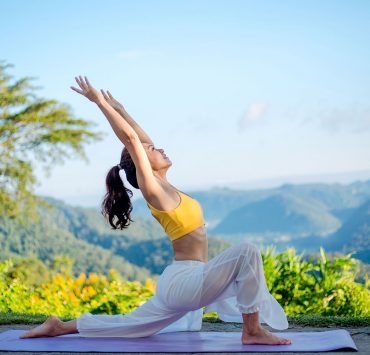
Catherine Perez is a celebrated yoga instructor in her home…
Savasana is often called the final resting pose in modern postural yoga classes. But there is so much more to this pose than laying on your back and chilling out for the final ten to 15 minutes of class. Some people tend to skip this part of their yoga practice all together, but that is a very unwise decision.
It’s one of the most important of all the asanas and, even though it doesn’t require you to perform any feat of flexibility, it also can be one of the most challenging yoga poses. What it lacks in physical prowess, it makes up in mental, emotional, health, and even spiritual benefits.
Story Behind the Asana

Savasana is an essential part of your yoga practice because it allows you to embody the non-duality of emptiness, yet be full of infinite possibility at the same time.
This final resting pose is also called Corpse Pose. While in the west, corpses are thought of as morbid reminders of death and decay, in many Asian cultures, particularly in India, death is not seen in the same way.
Many cultures and spiritual practices in the East believe that existence is cyclic. Life is not a linear story with a beginning, middle, and death is not the end. Death, and becoming a corpse, is just another part of a process that includes destruction and renewal.
The corpse referred to in Savasana is Sava, Shiva’s corpse. Shiva, being part of the Hindu trinity of creation (Brahma), preservation (Vishnu), and destruction (Shiva).
Corpse Pose does not only bring us face to face with our own mortality and to get comfortable with the idea of our own impermanence, it also allows us the opportunity to accept this inevitability with grace and acceptance.
But death is not the end when you embody Sava. In the end, when all attachments to life are shed, you are exactly as you were when you first came into being. An empty slate, a fresh start, and a world of unknown available and open to you. Nowhere to escape but be in the present.
Shiva is the personalisation of Pure Consciousness — the natural state of what you are, and what everything else in existence is. Practicing Savasana helps us all to come closer to this truth, according to yogic philosophy.
It’s More Than Just Lying Down

When you practice Savasana, to the outside world, you are laying still and silent, just like a corpse. But inwards is where the real practice happens. In imitating death, you allow yourself to come into being and renew yourself for another chance at life with every present moment.
Whether Savasana is sequenced at the end or at the beginning of a yoga class, it allows you to relax but keep your mind alert and focused. Although drowsing off may sometimes occur, taking a nap is not the aim of this pose.
This is one of the few opportunities in life where you are allowed to completely be free and relaxed. You can let go of everything that happened before, and you are not obligated to think about what you need to do afterwards. All you have to do is be present with yourself – even breathing will happen naturally and automatically!
The Benefits of Savasana

As the most important yoga pose in your practice, it’s important to dedicated at least 10 to 15 minutes in this pose – although some teachers will say that even if you can dedicate just 3 to 5 minutes in Corpse pose, you will still receive the benefits of the asana which include:
— progressive muscle relaxation reduces stress
— lowers blood pressure and relieves anxiety
— stimulation of the brain messenger GABA for a calm and positive mind
— improved ability to focus and concentrate
— letting go of attachment to ego and material things
— connection to a spiritual inner self
How to Succeed at Savasana

Yoga teachers take different approaches to guiding students in Savasana. Some will talk you through a guided meditation or body scan to help you relax body part by body part. Others will play soothing music or even sing or play a live instrument. While others may leave you in silence to truly be present with yourself without distraction.
What matters most for your own practice is to allow yourself to be truly present with yourself for these final moments of your yoga asana practice.
Savasana Step-by-Step

Before you lie down on your mat, look around to make sure you have enough space around you to be comfortable. This also means having whatever you need nearby to feel at ease. Here are some suggested props to have within arms reach as you prepare for Corpse Pose:
- A blanket – if the room is not heated, you may want to cover yourself with a blanket. Laying down for a few minutes will tend to lower your body temperature so a blanket will keep you warm and also less self-conscious.
- A shallow cushion or head rest – you don’t want anything under your head that will compress your neck and obstruct your breathing, but if you’re not used to laying down without a pillow, the hardness of the ground may distract you. Have a soft, thin cushion for comfort, but not for snoozing.
- Eye cover – Some people have difficulty closing their eyes comfortably. Simply use an eye mask or a scarf over your face to help.
- A weighted pillow – Some people find it soothing to have a warm weighted pillow or sand bag placed on their hips during Savasana.
Once you have all your comforts in place, here are other step-by-step suggestions to help you ease your body into this final relaxation pose.
- First step is to just lie down on your mat. Allow yourself to relax and release. A few tweaks may help you relax even more in areas that you might not have even realized were holding on to tension.
- Check that your head is centered between your shoulders and gently shake your shoulders to ensure they’re not inching up towards your ears.
- Place your arms away from your body, even off the mat, but not quite horizontal. Let your palms face upwards and fingers slightly curled inwards.
- Place your feet at least mat width distance apart, or even wider if that feels comfortable.
- Take deep long breaths through your nose and keep your teeth slightly apart with your tongue on the roof of your mouth.
- Allow yourself to melt into this stillness for the remainder of Savasana. Refrain from moving unless an itch or other distraction is taking you away from the moment – but ensure that it is truly something that needs to be addressed and not just an excuse to move.
That being said, everybody’s anatomy is different and not necessarily symmetrical. The most important tip is to keep your body in a neutral position – whatever neutral is for your body. Energy, or prana, is said to move in smooth lines, so keeping your body as neutral and smooth as possible, helps to facilitate the flow of this energy through your system.
Conclusion
Savasana is an opportunity to practice what yoga is truly about – uniting the body, mind, and spirit to be truly present in every single moment. It may be tempting to check out of yoga class early to get on to the next appointment in your day, but this is exactly why Corpse Pose is so important.
What's Your Reaction?
Catherine Perez is a celebrated yoga instructor in her home state of Connecticut, and she also happens to have a marvelous way with words. Her mindful writing technique is easy to digest and gives readers a unique opportunity to learn from a seasoned yogi.














